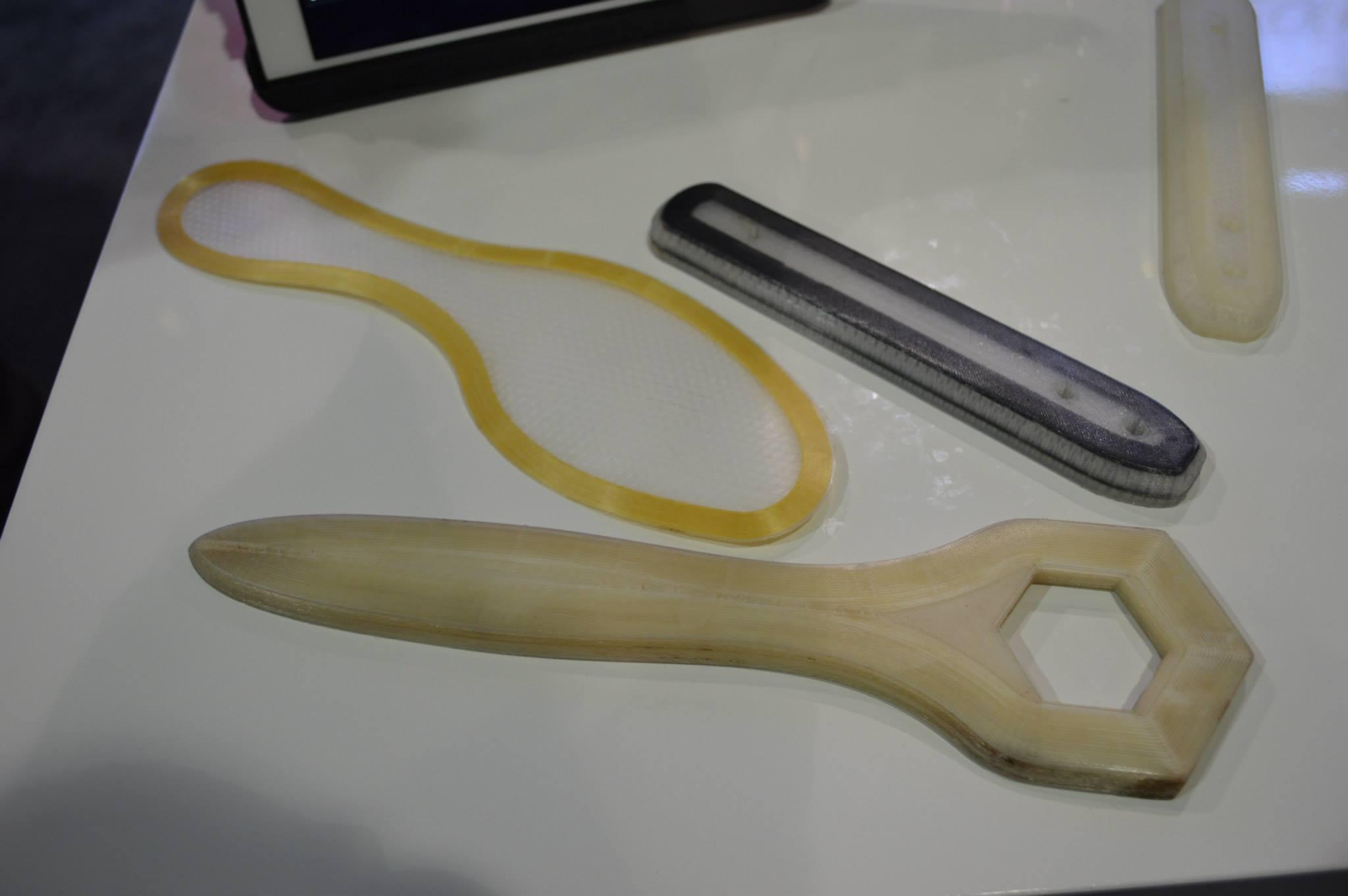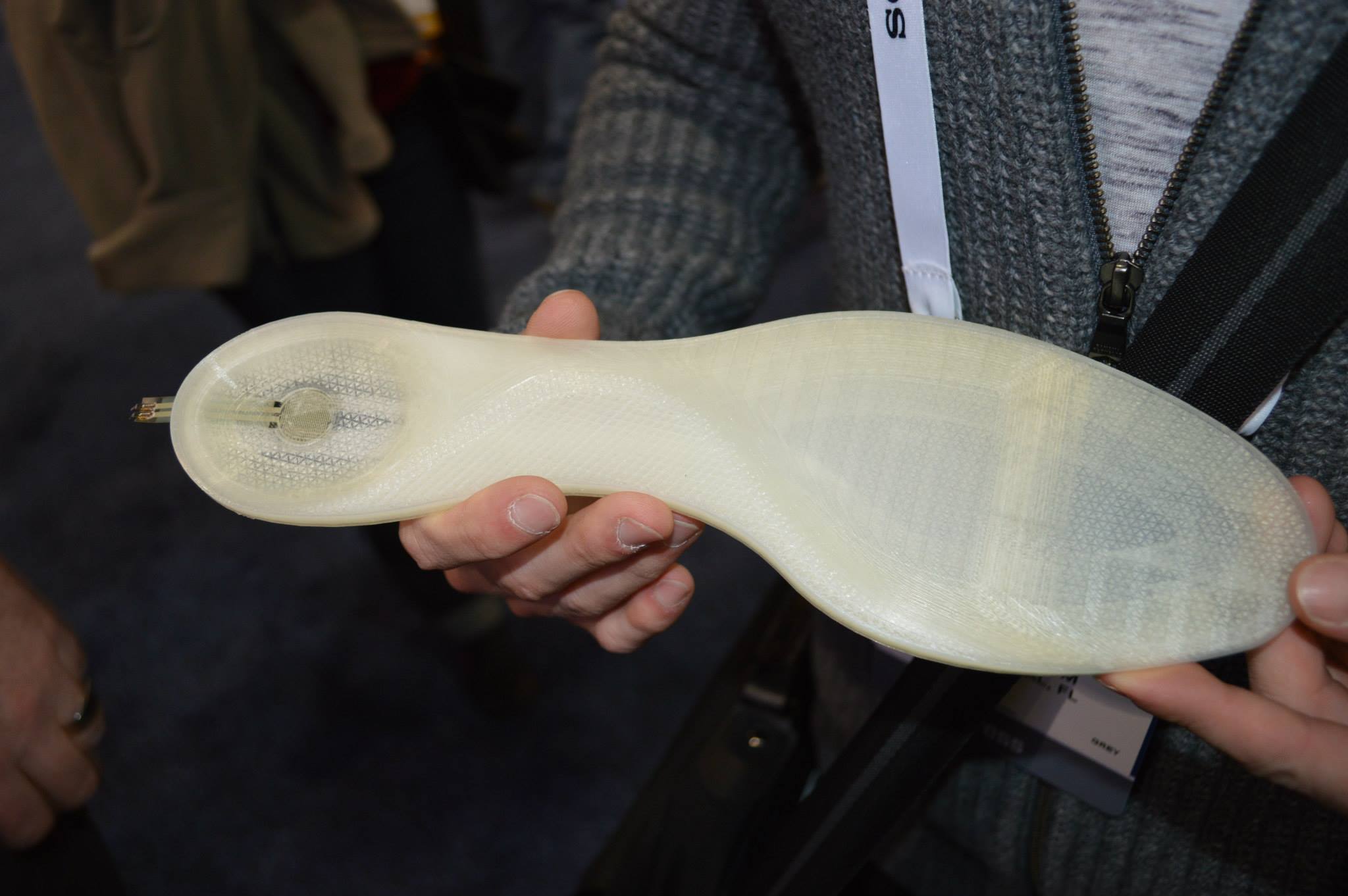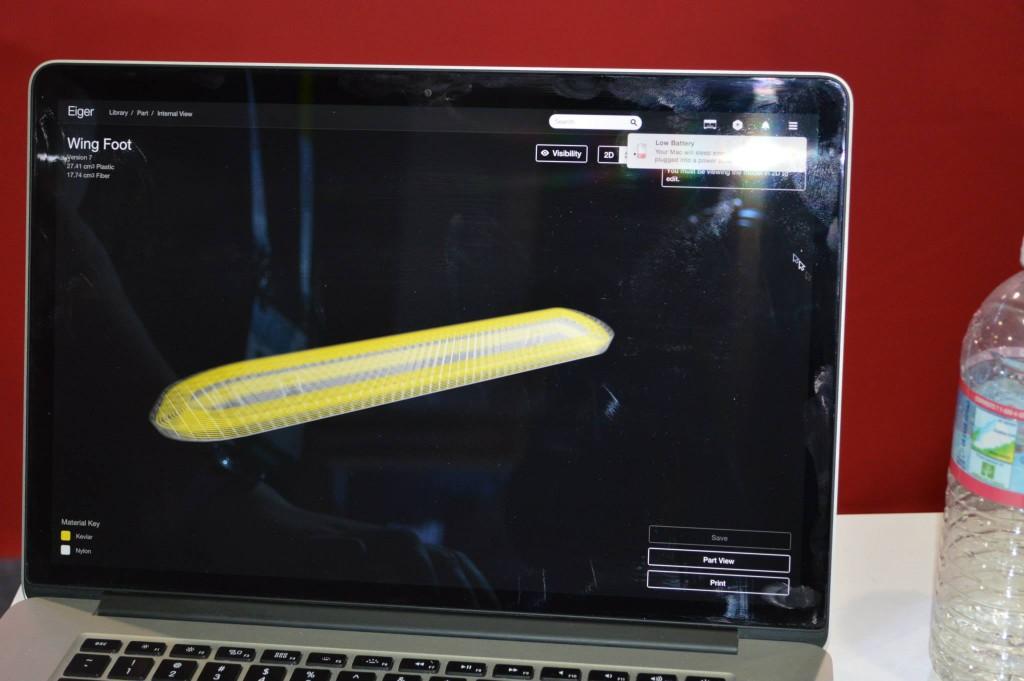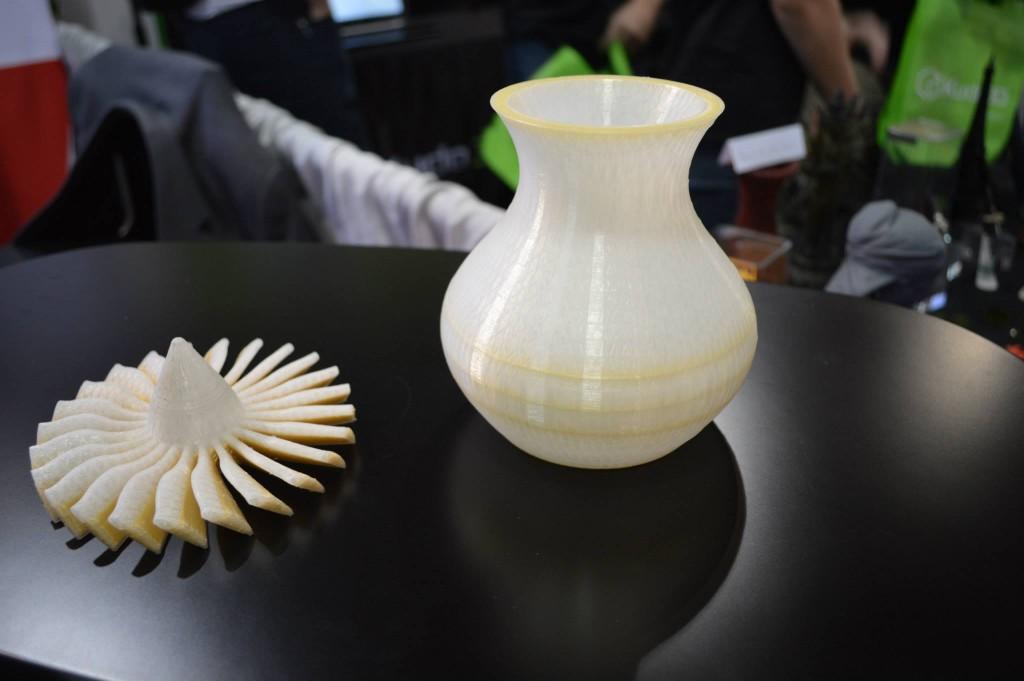 When it come to 3D printing, there are few companies if any, that are as impressive in what they do as MarkForged is. For those unfamiliar with the company, they were the first to find a way to 3D print using continuous strands of fiber based materials. These materials include carbon fiber, Kevlar and fiberglass, providing traditionally brittle 3D printed plastic parts with the reinforcement needed for the creation of functioning parts. The technology has the potential to provide an affordable way of prototyping and creating end-use products unlike anything else on the market today.
When it come to 3D printing, there are few companies if any, that are as impressive in what they do as MarkForged is. For those unfamiliar with the company, they were the first to find a way to 3D print using continuous strands of fiber based materials. These materials include carbon fiber, Kevlar and fiberglass, providing traditionally brittle 3D printed plastic parts with the reinforcement needed for the creation of functioning parts. The technology has the potential to provide an affordable way of prototyping and creating end-use products unlike anything else on the market today.
 When MarkForged announced their Mark One 3D printer in January of 2014, there were plenty of skeptics. People just didn’t think it was possible to extrude continuous fiber from an FFF-based 3D printer, while at the same time maintaining the superior strength inherent within those fibers. I must admit, I was a bit of a skeptic myself, until I had a brief talk with Autodesk CEO Carl Bass about what MarkForged is doing, back in April of last year. He reassured me that what they are doing, is in fact legitimate. Since then I had been dying to get my hands on some of their printed parts, and see the Mark One live in action. Thanks to CES 2015, I had the opportunity to do so, and at the same time, speak with MarkForged Creative Director, Jeff Klein at length about where the company stands today, and what they are working on in the future.
When MarkForged announced their Mark One 3D printer in January of 2014, there were plenty of skeptics. People just didn’t think it was possible to extrude continuous fiber from an FFF-based 3D printer, while at the same time maintaining the superior strength inherent within those fibers. I must admit, I was a bit of a skeptic myself, until I had a brief talk with Autodesk CEO Carl Bass about what MarkForged is doing, back in April of last year. He reassured me that what they are doing, is in fact legitimate. Since then I had been dying to get my hands on some of their printed parts, and see the Mark One live in action. Thanks to CES 2015, I had the opportunity to do so, and at the same time, speak with MarkForged Creative Director, Jeff Klein at length about where the company stands today, and what they are working on in the future.
The Mark One 3D Printer is capable of printing in carbon fiber, Kevlar, fiberglass, and nylon. It features a build volume of 320mm x 132xx x 160mm, and as Klein tells me, their clients are all very satisfied with the build size capability on the machine. While he said that they may increase the size of their future 3D printers, everyone has been very happy with the z-axis height. If they do go larger, it will most likely be on the X or Y axes.
As for watching the machine 3D print objects, it looks almost exactly the same as what a more conventional FFF-based 3D printer looks like. It uses one nozzle to print the plastic material, while another nozzle prints the fiber.
Klein showed me some of the many objects that he had printed on the Mark One, and I must admit that the quality of the prints greatly exceeded my expectations. The carbon fiber and fiber glass enforced parts were unlike anything I have ever seen. While they appeared to be similar to traditional FFF printed parts, other than the fact that you could see some strands of fiber running through them, the feel was completely different. Typically parts 3D printed in plastic feel as though you could easily snap them in half, and reality is that most of the time you can. They simply just are not strong enough to use as functioning parts most of the time. However, the prints that came off of the Mark One were completely different. I tried bending a 3D printed, fiberglass reinforced wrench as hard as I could and it would not even give slightly. Even the prints that had just one or two layers of carbon fiber or fiberglass in them felt as rigid as a solid metal object in many cases.
Klein then showed me some objects that were printed in Kevlar, a material that provides for greater tensile strength when compared to its fiber-based counterparts. He told me that even with an object 3D printed with just one or two layers of Kevlar, it would be virtually impossible to stab a knife through that object. The objects printed in Kevlar provide for flexibility that is lacking with carbon fiber and fiberglass, while providing for the same superior strength. Kevlar can be used to 3D print objects that must be strong but also remain flexible. One example that was given was for the printing of hinges.
I was then shown some objects that had sensors embedded into them. My first question was, “how in the world can you embed sensors into a 3D printed object?” For those of you familiar with typical FFF-based 3D printers, you know that it is almost impossible to pause a print job, remove an object from the printer, embed another object inside of it, and then continue that print job. This is another tremendous feature of the Mark One 3D printer. The print platform doesn’t move during prints, and the printer is designed in such a way that bed leveling is not as important as on most other 3D printers. A print job can be paused, the platform removed and then placed back into the printer, and the job may be resumed without any complications whatsoever. This allows for just about any component (a battery, sensor, etc) to be inserted into the 3D printed object, mid-print, and then the printing process can continue on top.
Another amazing aspect of MarkForged is their in-browser slicing software Eiger which can run on virtually any computer, and automatically determines the best layout for the fiber-based materials. For example, if you are making a part that must be strong in areas around a screw or bolt, the fiber will be laid around the holes. The software also allows for manual manipulation of the fiber, permitting additional strands to be added, as well as modification of the fiber’s directional layout. The software makes it easy for anyone to 3D print parts that must have incredibly strong properties.
All in all, I walked away thoroughly convinced that MarkForged will make a huge name for themselves in 2015, as they have already proven to those who have seen and used their product. Not only is this 3D printer capable of creating prototypes for companies to get a more realistic visual representation of a future product, but it is capable of creating functioning parts that need to maintain superior strength. It is a perfect solution for creating strong replacement parts on the fly, as well as testing the feasibility of prototypes, not only on an aesthetic level, but on a functional level at the same time. Check out some more photos that I took below, and feel free to leave your feedback about this machine in the Mark One forum thread on 3DPB.com.
Subscribe to Our Email Newsletter
Stay up-to-date on all the latest news from the 3D printing industry and receive information and offers from third party vendors.
You May Also Like
Precision at the Microscale: UK Researchers Advance Medical Devices with BMF’s 3D Printing Tech
University of Nottingham researchers are using Boston Micro Fabrication‘s (BMF) 3D printing technology to develop medical devices that improve compatibility with human tissue. Funded by a UK grant, this project...
3D Printing Webinar and Event Roundup: April 21, 2024
It’s another busy week of webinars and events, starting with Hannover Messe in Germany and continuing with Metalcasting Congress, Chinaplas, TechBlick’s Innovation Festival, and more. Stratasys continues its advanced training...
3D Printing Webinar and Event Roundup: March 17, 2024
It’s another busy week of webinars and events, including SALMED 2024 and AM Forum in Berlin. Stratasys continues its in-person training and is offering two webinars, ASTM is holding a...
3D Printed Micro Antenna is 15% Smaller and 6X Lighter
Horizon Microtechnologies has achieved success in creating a high-frequency D-Band horn antenna through micro 3D printing. However, this achievement did not rely solely on 3D printing; it involved a combination...




































